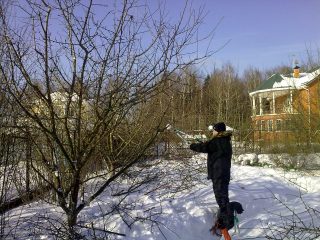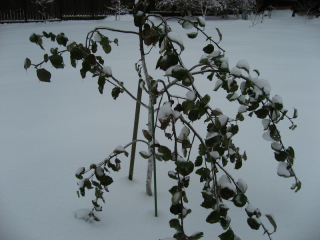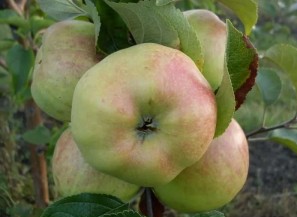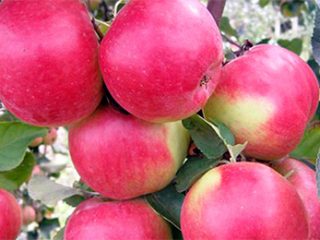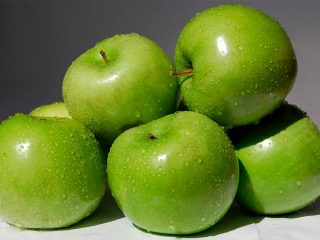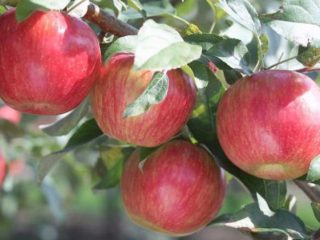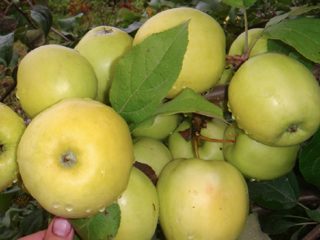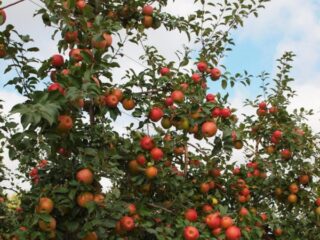Content
The Welsey apple tree has maintained its reputation as a high-yielding late-ripening variety for more than 150 years. The crop’s good frost resistance allows it to be grown in many regions of the country.
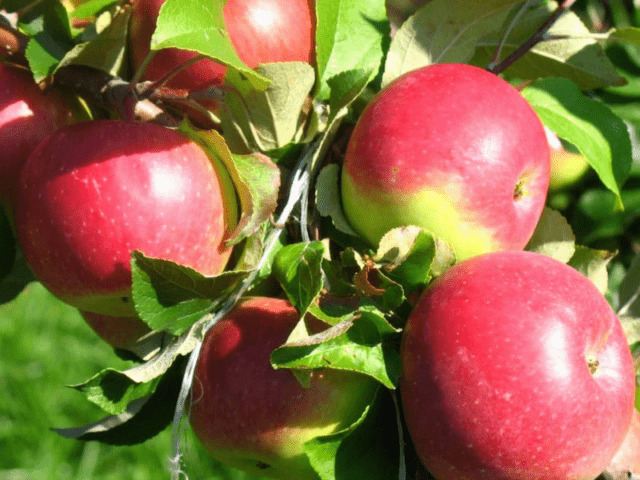
Breeders use Welsey to develop new varieties of apples
History of selection
It is difficult to say how the Welsey apple tree variety actually appeared.
Some say that the seedling was obtained in 1860 in the state. Minnesota (USA) in the garden of M. Gideon after random pollination of an unknown species, others are firmly convinced that it grew from the seed material of a small-fruited Siberian apple tree. Still others claim that Welsey was the result of arbitrary pollination of the Borovinka.
In the first half of the twentieth century, Welsey passed all the tests in Russia, after which in 1947 he was approved.was included in the State Register of the Russian Federation as zoned and also recommended for cultivation in six regions of the country.
VSTIP Moscow is recognized as the official originator of the variety.
Today, the Welsey winter apple tree is grown not only in Russia, but also in Ukraine, Belarus, Moldova and other countries of the former CIS.
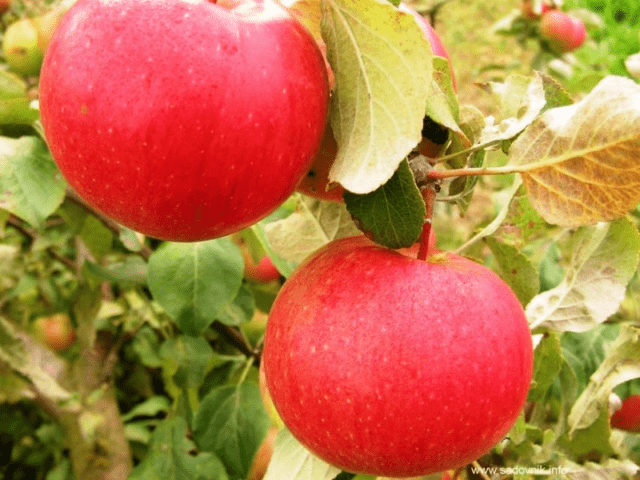
According to one version, the Welsey apple tree was grown from the seeds of the small-fruited Peter variety
Description and characteristics of the Welsey apple tree
Welsey is not a columnar apple tree, the variety description of which is almost the same as that of other representatives of this culture. However, there are some differences.
Wood appearance
The height of the Welsey apple tree at maturity can reach 4 m. When grown on a regular seed rootstock, the tree is not very tall - about 3 m.
In the first years of the crop’s life, skeletal branches located at an acute angle to the trunk form a raised crown, similar to an inverted wide pyramid. With age, sagging under the weight of a huge number of fruits, the shoots take on a drooping position, and the crown gradually turns from pyramidal to round and spreading. By the time of fruiting, its diameter is approximately 1.5 m.
Bud viability is characterized as good, the ability of shoots to branch is moderate. The branches are of medium thickness and covered with brown bark that is smooth to the touch.
The leaves, painted dark green, have a rounded-elongated shape, characteristic of representatives of the culture, with a pointed tip and wavy edge. The surface of the leaf plate is dense, leathery, and glossy to the touch.
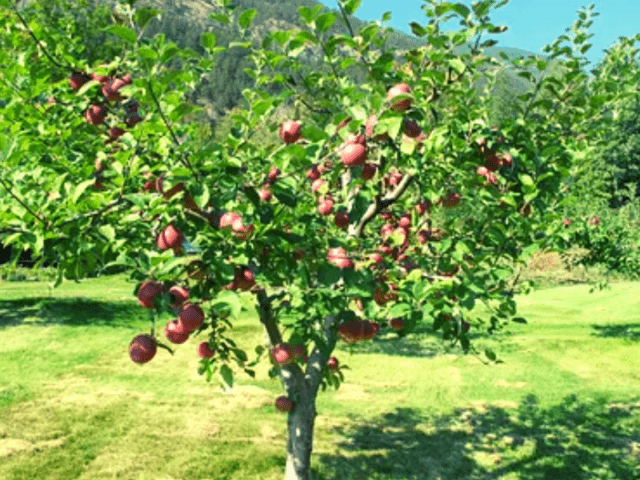
Over time, the shape of the crown changes
Description of fruits
Wellsie apples, judging by the description, reviews and photos, are not particularly large; one weighs no more than 150 g. Flat-round, similar to small turnips, the fruits are covered with a thin but durable glossy skin. The color of the apples is uneven - light yellow with a cherry-red blurred blush. Small light spots are clearly visible on the surface of the fruit.
The pulp is dense, fine-grained. It is mostly white, the skin has a pink tint, sometimes with reddish veins.
Apples are used to eat raw or to make juices and desserts.
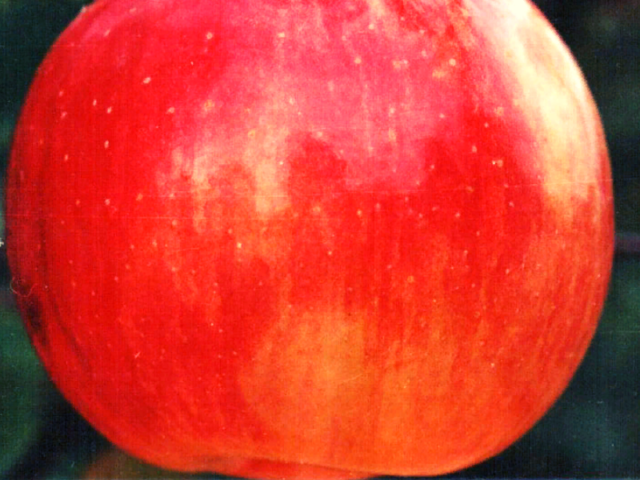
The purpose of the fruit is dessert, universal
When and how does the Welsey apple tree bloom?
The Welsey apple tree blooms in May. At this time, the tree is covered with a huge number of not particularly large light pink flowers. The separation of the petals in the inflorescences is almost imperceptible, because they are quite tightly closed and partially overlap one another.
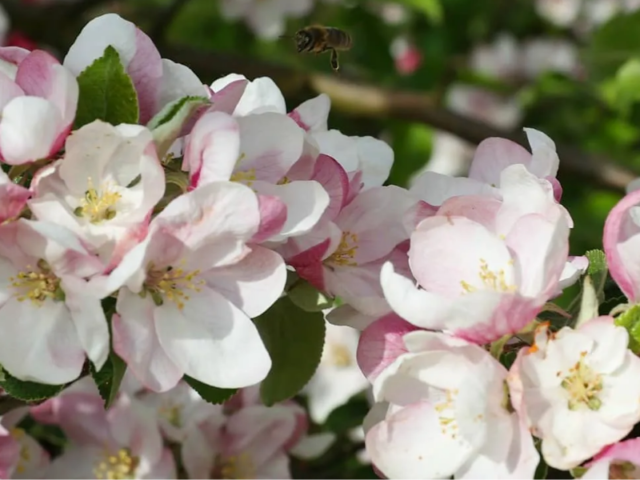
During the flowering period, the apple tree looks very beautiful
Pollinators of the Welsey apple tree
The Welsey apple tree, which is partially self-fertile, requires pollinating trees for full fruiting. The varieties McIntosh, Antonovka, Borovinka and Delicious will be good companions for her in the garden.
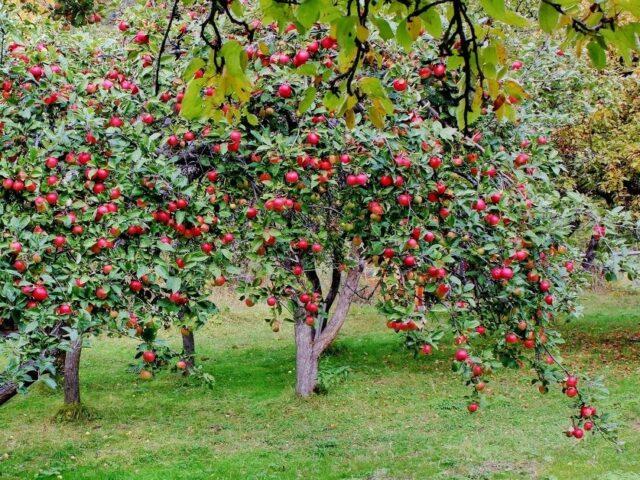
Apple trees are planted at a distance of 3-4 m from each other
Ripening time for the Welsey apple tree
The late Welsey apple tree is characterized by mixed fruiting. This indicates that the ovary is formed on the generative parts of trees of all types - fruit twigs, spears, tips of vegetative shoots and ringlets.On the latter, during the awakening of flower buds, a so-called fruiting bag appears, which is a compaction protruding above the surface of the shoot, on which the ovary subsequently forms.
The ripening period for apples is extended. The first fruits ripen in early September, and the last ones are removed from the branches in the second half of October.
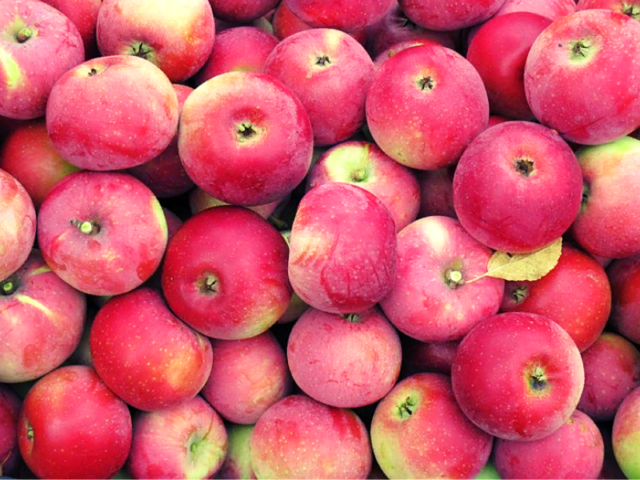
The fruiting period lasts about two months
Productivity
The productivity of the Welsey variety is characterized as high. From one mature tree you can collect 200-250 kg of ripe apples per season.
The variety is early-bearing - the first harvest can be obtained in the 4-5th year of the tree’s life.
Frost resistance of Welsey apple tree
The frost resistance of the apple tree is characterized as average. The tree can withstand sudden temperature changes and drops down to -25 °C. If the thermometer drops below this mark, the tree risks dying.
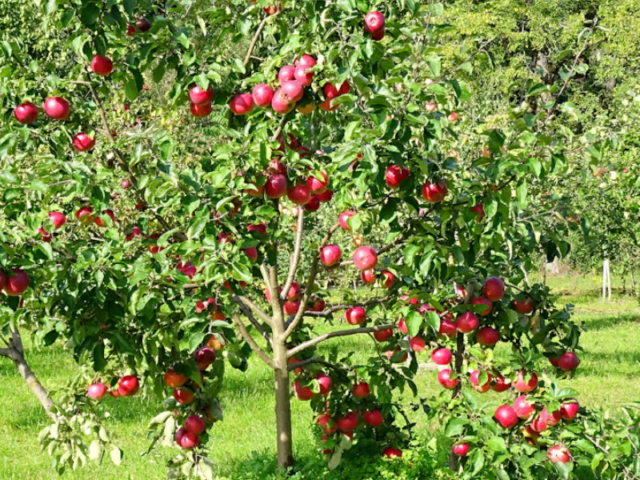
The lifespan of a tree is 20-25 years
Disease resistance
The Wellsey apple tree is immune to common fungal diseases such as scab and powdery mildew. But sometimes you have to fight other ailments, for example, rust.
Tasting evaluation of Welsey apples
The taste of Wellsey apples is pleasant sweet and sour. Gardeners note the presence of a subtle pineapple aroma. The variety received a tasting score of 4.6 out of 5 possible.
Advantages and disadvantages
The popularity of the Welsey variety is due to a large number of advantages. However, this apple tree also has disadvantages.
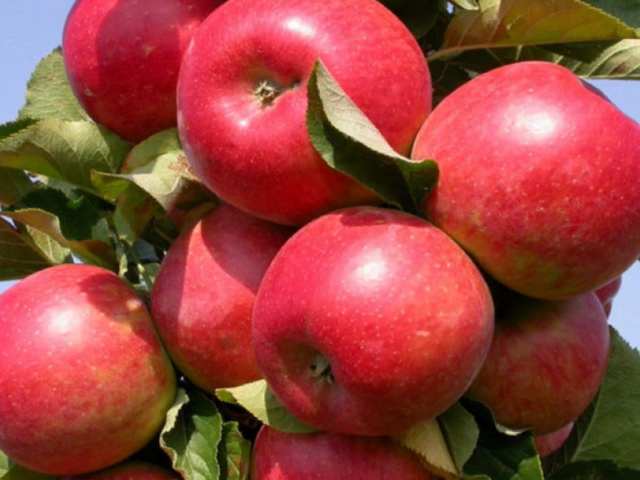
Welsey apples are very juicy
Pros:
- attractive appearance and excellent taste of the fruit;
- good resistance to scab and powdery mildew;
- high productivity;
- early fruiting of the variety;
- long shelf life and the ability to transport over long distances.
Minuses:
- average level of frost resistance;
- the need for the presence of pollinating trees;
- the tendency of fruits to shed as they ripen;
- The apple tree often becomes the target of attack by codling moths and hawthorns.
Growing a Welsey apple tree
For normal development and fruiting, the Welsey apple tree needs a sufficient amount of sunlight, so it is better to choose an open and well-lit place for it.
The tree is planted so that the root collar is located 5-7 cm above the soil level.
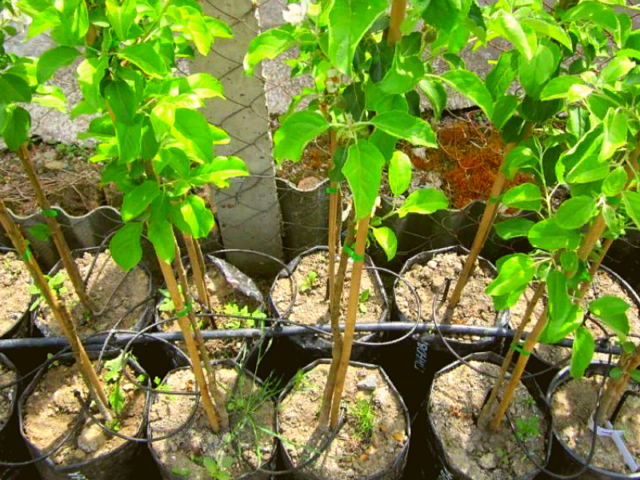
Ideally, buy seedlings with a closed root system
Rules of care
Subsequent care of the Welsey apple tree comes down to watering, fertilizing, pruning, and controlling diseases and pests.
In the first month after planting, the seedlings are watered frequently, then this can be done once a month.
Trees are fed 3-4 times a year: in the spring, nitrogen fertilizers are added to the soil, during flowering, fruiting, and in preparation for winter, they are fed with phosphorus-potassium complexes.
An equally important activity in the process of caring for a Welsey apple tree is pruning - sanitary, during which dry and damaged branches are removed, and formative, which involves the removal of thickening shoots.
Despite the fact that the variety is considered frost-resistant, when growing in Siberia, it is recommended to cover the young Wellsie apple tree for the winter.
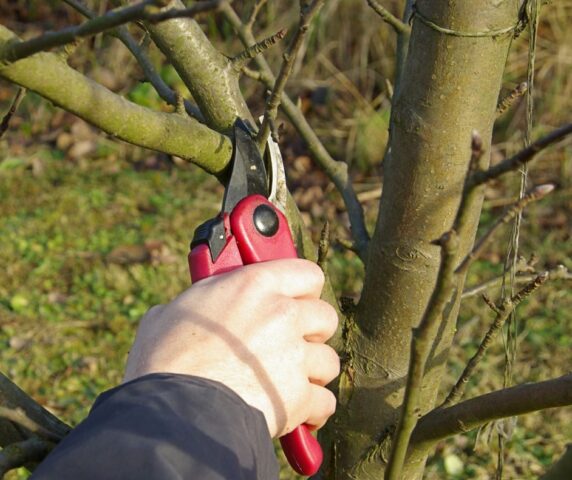
You need to prune your apple tree before the growing season begins.
Disease and pest control
Despite the fact that the apple tree is immune to some fungal infections, it still has to fight diseases. Pests do not leave the apple tree alone.
Cytosporosis
A dangerous fungal disease, the main symptom of which is the appearance of ugly dark tubercles on the bark of a tree. Cytosporosis is practically untreatable, so it is recommended to remove and burn the affected branches.
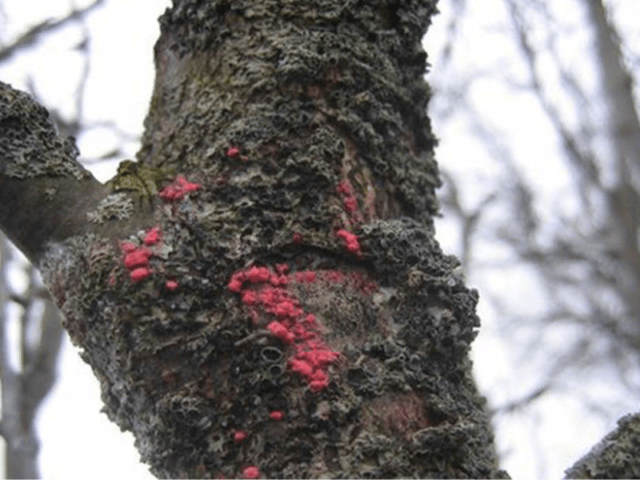
The sick tree gradually dries up
Rust
The presence of the disease can be determined by yellow-brown spots on the surface of the leaves. Spraying the crown with fungicidal preparations such as Fitosporin or Topaz will help cope with the disease.
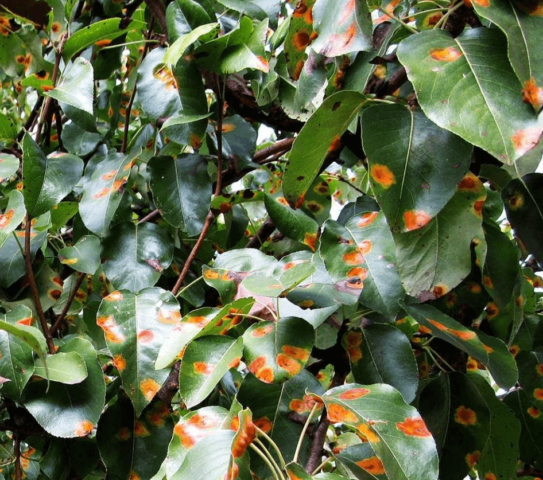
If rust is not treated, it will quickly affect the entire crown.
codling moth
The codling moth is a small, moth-like moth that lays eggs in the bark of fruit trees. Its caterpillars, within a few hours after birth, move onto apples and begin their pest activity.
If left unchecked, the apple moth can destroy the entire crop. You can cope with the pest by treating trees with insecticides from the Aktara and Aktellik ranges.
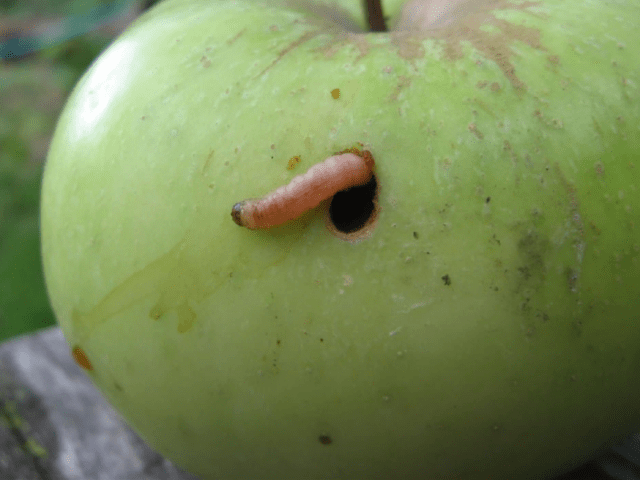
The codling moth penetrates the apple
hawthorn
The hawthorn butterfly itself does not pose a particular danger to the apple tree. But its caterpillar can cause significant damage to both fruits and leaves. To prevent this from happening, trees are sprayed with insecticidal preparations before budding.
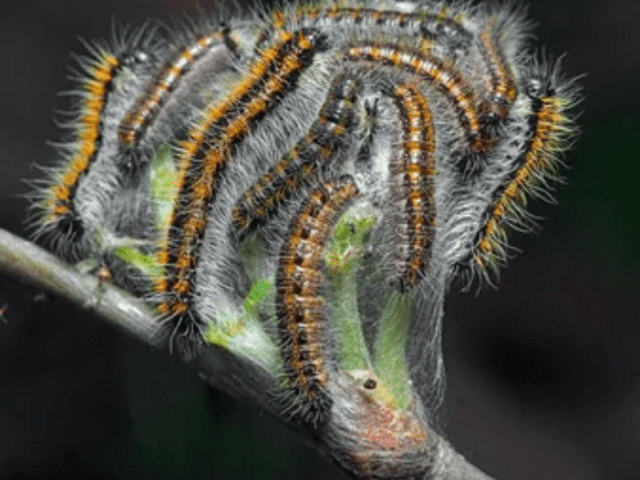
Hawthorn can destroy all the leaves on a tree
Harvest and storage
The harvest is harvested as the apples ripen.The fruits are removed from the branches at the stage of technical maturity and stored for ripening. They reach final ripeness in 2-3 weeks.
Under favorable storage conditions, apples remain fresh for 3-4 months (from October to January).
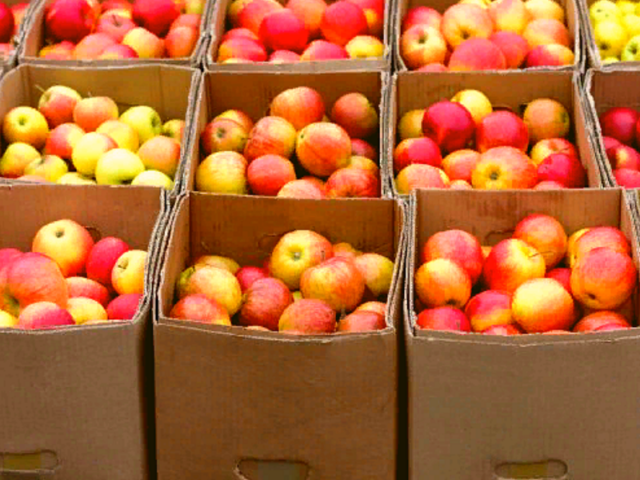
It is recommended to store apples in wooden or paper boxes
Conclusion
With proper care, the Welsey apple tree will provide a good harvest of sweet, juicy apples. And the long shelf life will allow you to enjoy fresh fruit almost until spring.
